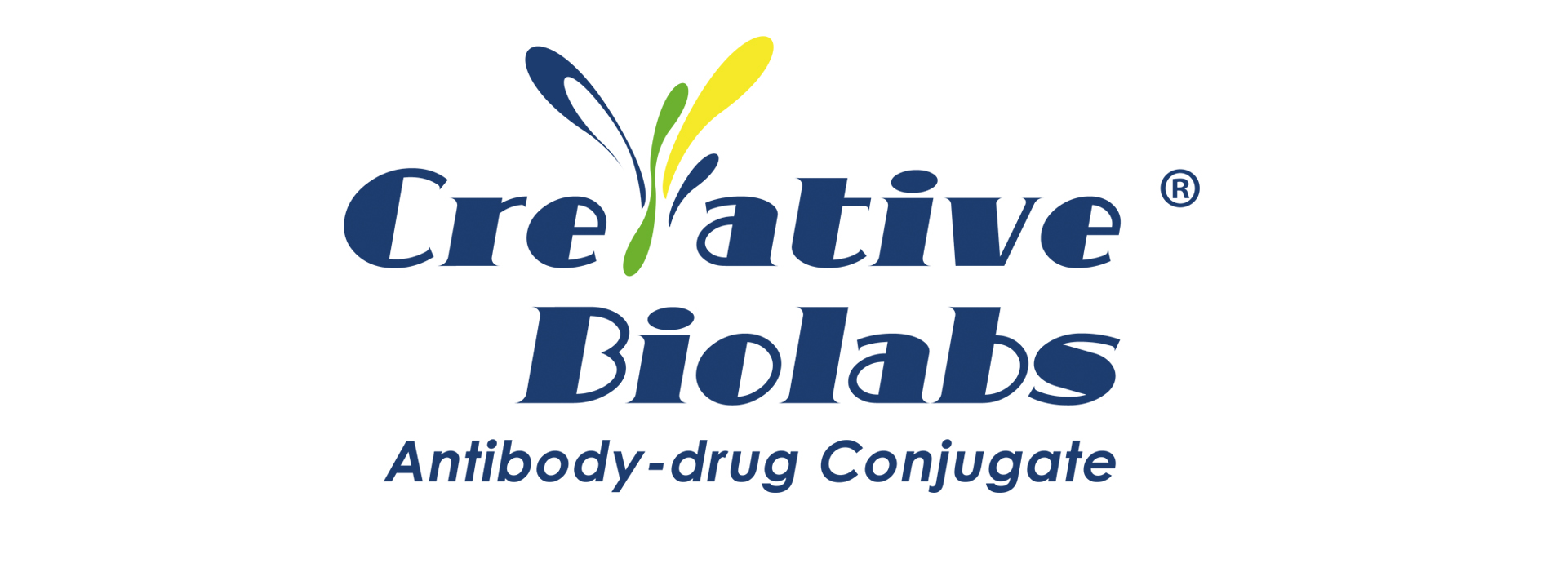On July 18, Immunopharmas, a leading biopharmaceutical company in the field of antibody-drug conjugates, announced that the Biologics License Application (BLA) of its sacituzumab govitecan for the treatment of metastatic triple-negative breast cancer (mTNBC) that have previously received at least two treatments was approved and granted Priority Review by FDA. The PDUFA target action date is January 18, 2019. If approved, sacituzumab govitecan would be the first ADC-based biologic for mTNBC treatment.
The BLA application is based on clinical 1/2 study data from sacituzumab govitecan. From July 2013 to February 2017, the study enrolled 110 mTNBC patients who had received more than 2 lines of treatment. The patient received sacituzumab govitecan (IMMU-132) 10 mg/kg, administered on day 1 and day 8, with 21 days for 1 cycle of treatment until disease progression or intolerable adverse events occurred. The data deadline is June 30, 2017.
The results showed an objective response rate (ORR) of 34% (37/110), of which 3 patients were complete remission (CR) and 34 patients were partial remission (PR). The clinical benefit rate (CBR: CR + PR + SD > 6 months) was 46%. The median duration of response (DOR) was 7.6 months and median progression-free survival (PFS) was 5.5 months with monthsmedian overall survival (OS) OF 12.7 months. Among them, 11 patients had longer PFS, from 12 months to more than 30 months. Sacituzumab govitecan alone can effectively treat relapsed or refractory mTNBC after severe treatment (more than 3 lines).
Sacituzumab govitecan, the most advanced candidate in Immunomedics, is a novel first-in-class ADC drug consisting of anti-TROP-2 monoclonal antibody and cytotoxic SN-38.
In contrast, Immunomedics uses the moderately toxic drug SN-38 instead of the super cytotoxic drug calicheamicin. SN-38 is an active metabolite of irinotecan, which has a much higher antibody-drug binding rate than supertoxic drugs. By using a less toxic drug and binding to an appropriate tumor-targeting antibody, the drug will be released more in over repeated treatment cycles, thereby increasing the therapeutic index, the ratio of efficacy to toxicity. TROP-2 is a cell surface receptor that is overexpressed in many tumor tissues including breast cancer, colon cancer, and lung cancer, but is hardly expressed in normal human tissues.
